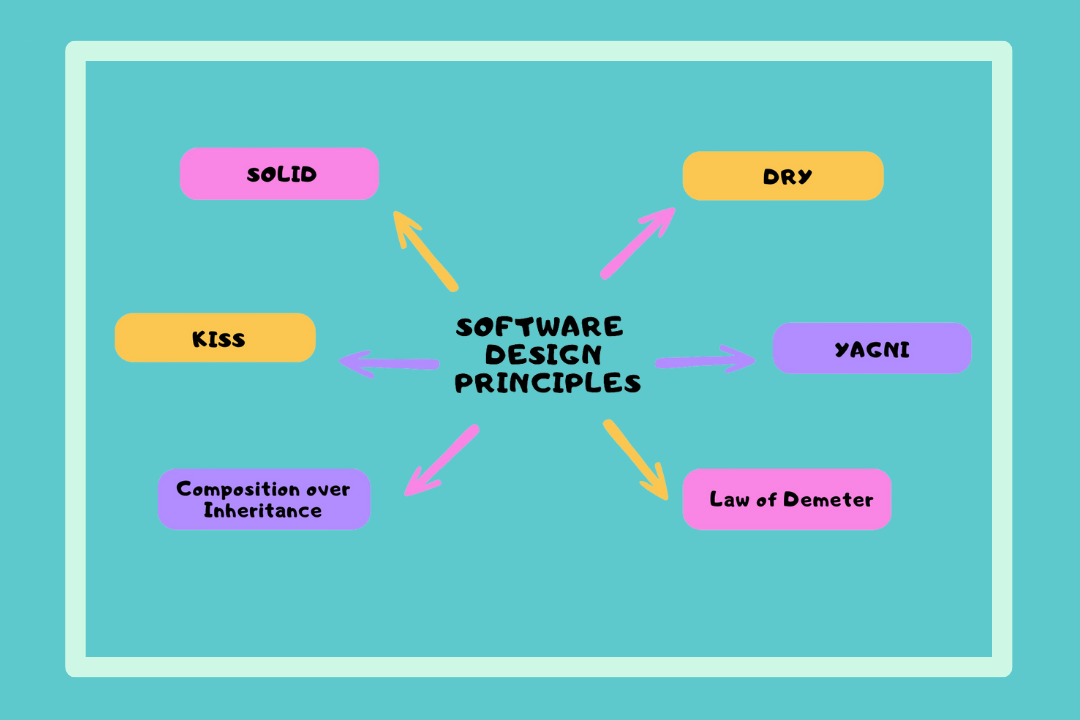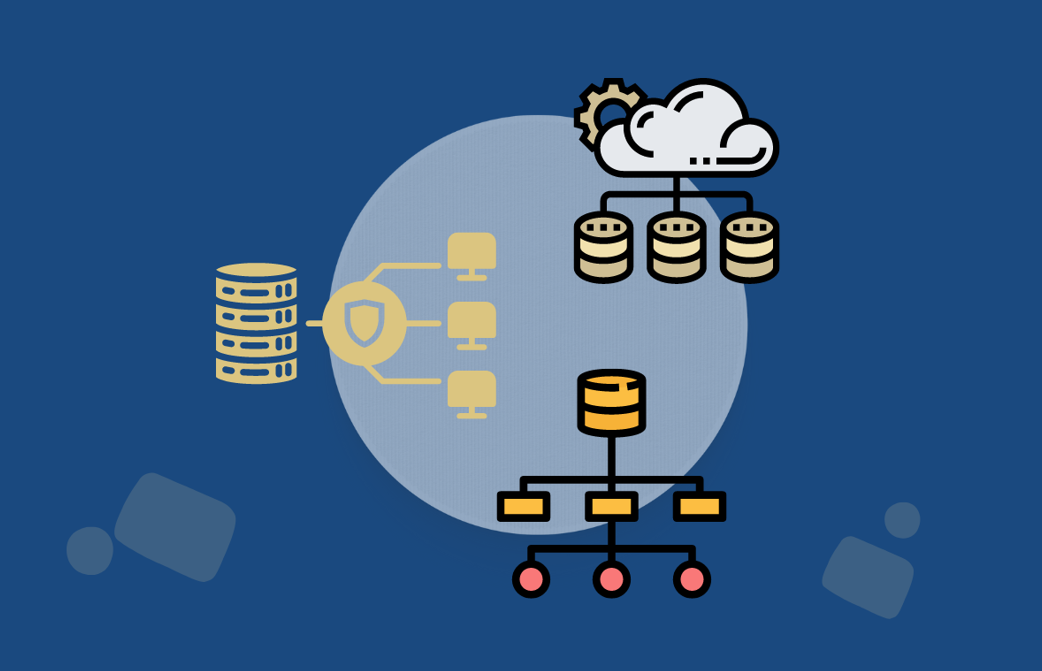Kafka Streams vs. Apache Flink vs. Apache Storm: Stream Processing Showdown

In the constantly evolving world of big data, the ability to efficiently process and analyze real-time data streams is more critical than ever. As businesses increasingly seek to derive real-time insights from massive, fast-moving data streams, the tools they employ for these tasks play a crucial role in their success.
Among the popular solutions in this space, three stand out for their proven capabilities and widespread use: Kafka Streams, Apache Flink, and Apache Storm. Each of these powerful stream processing systems brings to the table a unique set of strengths, complexities, and nuances that can significantly impact their fit for a given use case.
In this blog post, I'll delve deep into the core attributes of these frameworks, exploring their processing models, state management capabilities, fault tolerance features, and more. Through a thorough comparison, my aim is to equip you with a thorough understanding of these systems, enabling you to make an informed decision on the right tool for your stream processing needs.
Sure, let's start with brief descriptions, and pros and cons of each:
1. Apache Kafka Streams
This is a client library for building applications and microservices, where the input and output data are stored in Kafka clusters. Kafka Streams simplifies application development by building on the producer and consumer libraries that come with Kafka.
Pros:
- Fully integrated with the rest of Kafka ecosystem, enabling simplified operations and reduced latency.
- It offers the benefit of writing standard Java applications without the need for a separate processing cluster.
- Provides an exactly-once processing guarantee to ensure data integrity.
- Allows for stateful and stateless processing operations.
- It is lightweight, and no separate cluster setup is needed.
Cons:
- The stream processing capabilities are less feature-rich compared to some other systems like Apache Flink.
- Kafka Streams only supports Java, limiting the usage for developers familiar with other languages.
- It does not natively support a web-based UI for visualization or a SQL interface.
- Handling of out-of-order events is complex compared to systems like Flink.
Apache Flink
An open-source stream processing framework for high-performance, high-throughput, fault-tolerant, and real-time analytics. It has a robust windowing system for handling time-series data and has support for event-time processing and out-of-order event handling.
Pros:
- Provides a powerful and flexible stream processing engine with support for event-time processing and watermarks.
- Supports a wide range of operations including windowing, transformations, and aggregations.
- Offers exactly-once processing semantics for improved data accuracy.
- Supports a broad set of connectors to various storage systems and data sources.
- Provides a SQL interface and a web-based UI for visualization.
Cons:
- Compared to Kafka Streams, setting up Flink can be more operationally complex as it runs in a separate processing cluster.
- While it provides rich features, its API can be more complex to use and understand compared to Kafka Streams.
- Resource consumption can be higher due to its separate processing cluster.
Apache Storm
A free and open-source distributed real-time computation system, designed to process large volumes of high-velocity data. Storm is simple, can be used with any programming language, and is especially useful for real-time analytics, online machine learning, continuous computation, distributed RPC, ETL, etc.
Pros:
- Provides real-time processing capabilities with low latency.
- Offers fault tolerance and at-least-once processing semantics.
- Can process each tuple independently, which is useful for certain types of real-time computations.
- Provides support for multiple languages beyond just Java.
Cons:
- It does not natively support stateful operations, which requires additional manual work to handle state.
- Mostly focused on processing-time semantics, does not handle event-time or out-of-order events as gracefully as Flink.
- Its API can be more complex and low-level compared to Kafka Streams and Flink.
- No native support for a SQL interface.
Kafka Streams vs. Apache Flink vs. Apache Storm
Now, let's compare them across a few different attributes:
-
Processing model: Kafka Streams uses a record-at-a-time processing model, where each record flows through the topology independently. Apache Flink also follows the same record-at-a-time processing model but offers strong support for event-time processing unlike Kafka Streams. Apache Storm, on the other hand, uses a tuple-at-a-time processing model which is similar to record-at-a-time but processes each tuple independently.
-
State management: Kafka Streams stores local state on disk and replicates it to Kafka for fault tolerance. This provides fast access but a limited state size. Apache Flink provides fault-tolerant, managed, local state, with exactly-once guarantees. Apache Storm does not natively support state management; it needs to be manually implemented.
-
Fault tolerance: Kafka Streams, Flink, and Storm all offer fault-tolerance with at-least-once processing semantics. However, Flink additionally supports exactly-once semantics which can be crucial for certain use-cases.
-
Time handling: Kafka Streams supports both event-time and processing-time semantics, but handling of out-of-order events can be complex. Flink shines in this aspect with robust handling of event-time, processing-time, and ingestion-time semantics, along with support for watermarks for out-of-order events. Storm, on the other hand, primarily focuses on processing-time semantics.
-
Ease of use: Kafka Streams is quite simple and convenient if you are already in the Kafka ecosystem, as it leverages the Kafka producer and consumer APIs. Flink provides a more complex API due to its richer feature set, but it is known for its clear and concise APIs. Storm, though capable, is generally considered to have a steeper learning curve due to its lower-level abstractions.
-
Deployment: Kafka Streams runs as part of your application, typically requiring less operational overhead compared to other systems that run as separate clusters. Both Flink and Storm run as standalone clusters and require more management.
Keep in mind that the right choice between these technologies can depend significantly on the specific requirements of your use case. Some projects may benefit from the simplicity and tight Kafka integration of Kafka Streams, while others might require the rich feature set and powerful processing semantics of Flink, or the raw, low-level processing power of Storm.
Conclusion
In the realm of real-time data processing, the choice between Kafka Streams, Apache Flink, and Apache Storm is not one-size-fits-all. Each of these powerful tools brings unique capabilities and advantages that make it the ideal choice under certain circumstances.
Kafka Streams shines in environments already employing Kafka, excelling in its simplicity and seamless integration within the Kafka ecosystem. On the other hand, Apache Flink offers robust and flexible stream processing capabilities, particularly suited to complex, stateful computations and event-time processing. Lastly, Apache Storm's strength lies in its ability to process large volumes of high-velocity data, making it ideal for real-time analytics and online machine learning.
However, it's crucial to understand that the tool's capabilities are just one side of the equation. The choice of the right stream processing system hinges on a thorough understanding of your use case, your operational constraints, and the specific requirements of your real-time data workloads.
As we wrap up this deep dive into the world of stream processing, I hope that this comparison has provided you with a comprehensive understanding of these three tools. With this knowledge in hand, you can confidently navigate the complex landscape of stream processing, choosing the best tool that aligns with your specific needs and empowers you to derive maximum value from your data streams.
➡ To learn system design fundamentals, check Grokking System Design Fundamentals.
➡ Learn more on architecture and system design in Grokking the System Design Interview and Grokking the Advanced System Design Interview.
Keep learning more on system design interviews:




